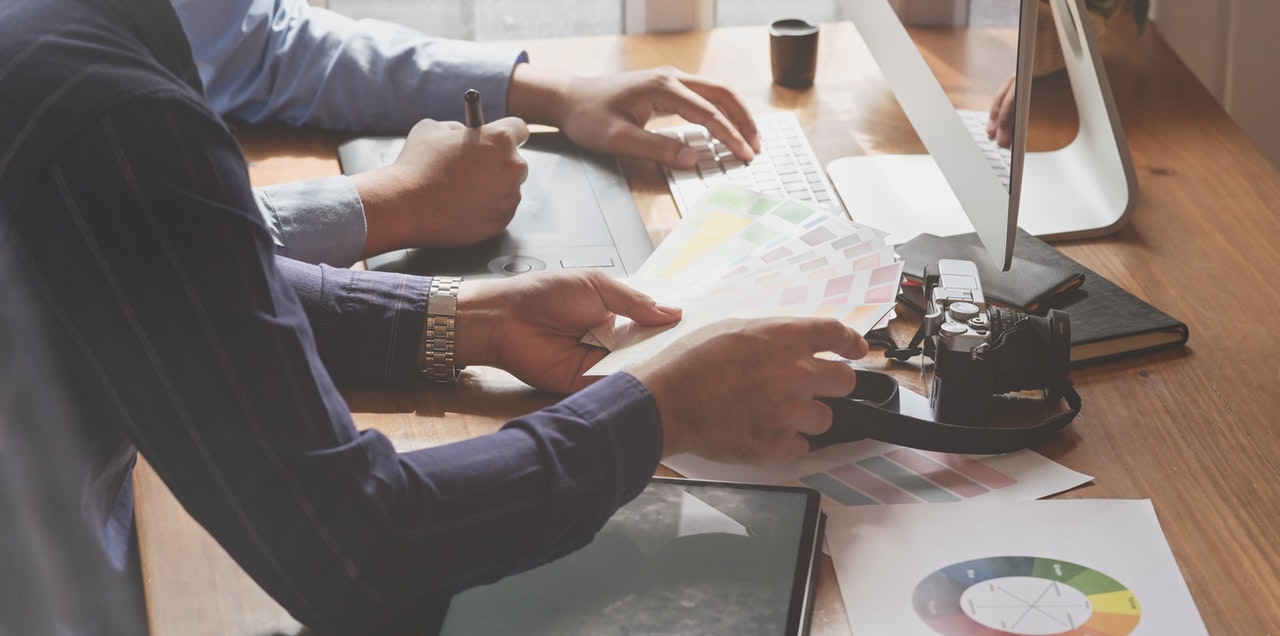The Hundred-Year Evolution Of The Office Dress Code

Dress codes at the workplace are implemented to uphold professionalism and project a certain image that a company desires. How one dresses up and presents themselves to people somehow is a reflection of their personality. In most cases, it’s easy to see if a person is responsible, confident, shy, calm, or gregarious just by the way they dress.
For this reason, a lot of professionals have invested in themselves and their appearances. Even today, this culture and behavior are widely practiced among the working class. They buy stylish clothes, have their hair styled, and even invest in digital orthodontics to flash that perfect smile to clients and customers.
To say that the workplace dress code has seen quite some drastic changes over the years is a huge understatement. Let’s take a look at how workplace fashion evolved over the past hundred years.
Workplace Fashion Through One Century
The Pre-1920s
Americans more than just dressed up for work in the 1920s. They kept themselves covered up. Women wore full gowns, never wore trousers, and kept their skin covered. Men wore full suits and kept their jackets, coats, and ties on regardless of the weather conditions.
The 1920s
The slightly lesser formal look emerged in the ‘20s with women sporting shorter hair and more boyish dress silhouettes. The men dressed up in a flashier and more relaxed look with patterned socks and colorful suits to accentuate their classy and conservative officewear.
The 1930s
The ‘30s saw an even more relaxed look for men even if suits are still the standard at work. Elongated torsos and wider shoulders were what most of them were going for. Women, on the other hand, transitioned from the boyish dress silhouettes to a softer one along with feminine embellishments like bows and ties in front.
The 1940s
The women of the ‘40s became bolder with more adventurous patterns and wider shoulder pads. The men got into the de mob suit look with double-breasted suits and bowler hats.
The 1950s
Women of the ‘50s loved going to work in narrow pencil skirts with classic sweaters adorned with pearls. The men are still very much into wearing suits to work, only this time, they went back to single-breasted jackets and accessorized them with pocket hankies.
The 1960s
The ‘60s brought about a nice contrast between the women’s minimalist yet colorful fashion with white pumps and the men’s classic black suit and slim tie with a sleeker silhouette.
The 1970s

To reinforce their stance about equality in the workplace, the pantsuit trend emerged for women of the workforce in the ‘70s. They also took a liking to bolder colors as part of their office wardrobe. Men’s fashion somewhat bordered on the comical with really wide lapels, wider ties, and colorful patterned suits.
The 1980s
Taking the pantsuit movement even further, the women of the ‘80s embraced the full-suit look with power suits and padded shoulders. In keeping with the broader style, a more relaxed and loose fit was the standard for the classic power suit-pinstripes-suspenders combo.
The 1990s
Blazers are still a huge thing for the women of the ‘90s so they kept the look and enhanced it with bold jewelry to give the look a more feminine touch. Men, on the other hand, took a slightly more casual approach with their turtleneck sweaters or button-down shirts and khakis.
The 2000s
At the turn of the century, both men and women began sporting the minimalist look once again with full suits, blazers, and muted colors.
The 2010s
The 2010s saw the comeback of bolder and more striking colors in the workplace. People now had the choice to either dress up in a sophisticated look or dress down in a more comfortable look.
2020
Since the year started with the coronavirus pandemic breaking out, a lot of people, especially white-collar America, have been working remotely in the comfort and safety of their homes. While there are arguments that people who work from home should still dress up a bit, the majority of remote workers get their jobs done in comfortable home clothes such as hoodies, PJs, and flip-flops.
What does this decade have in store for us? We don’t know yet, but we sure are looking forward to it.




